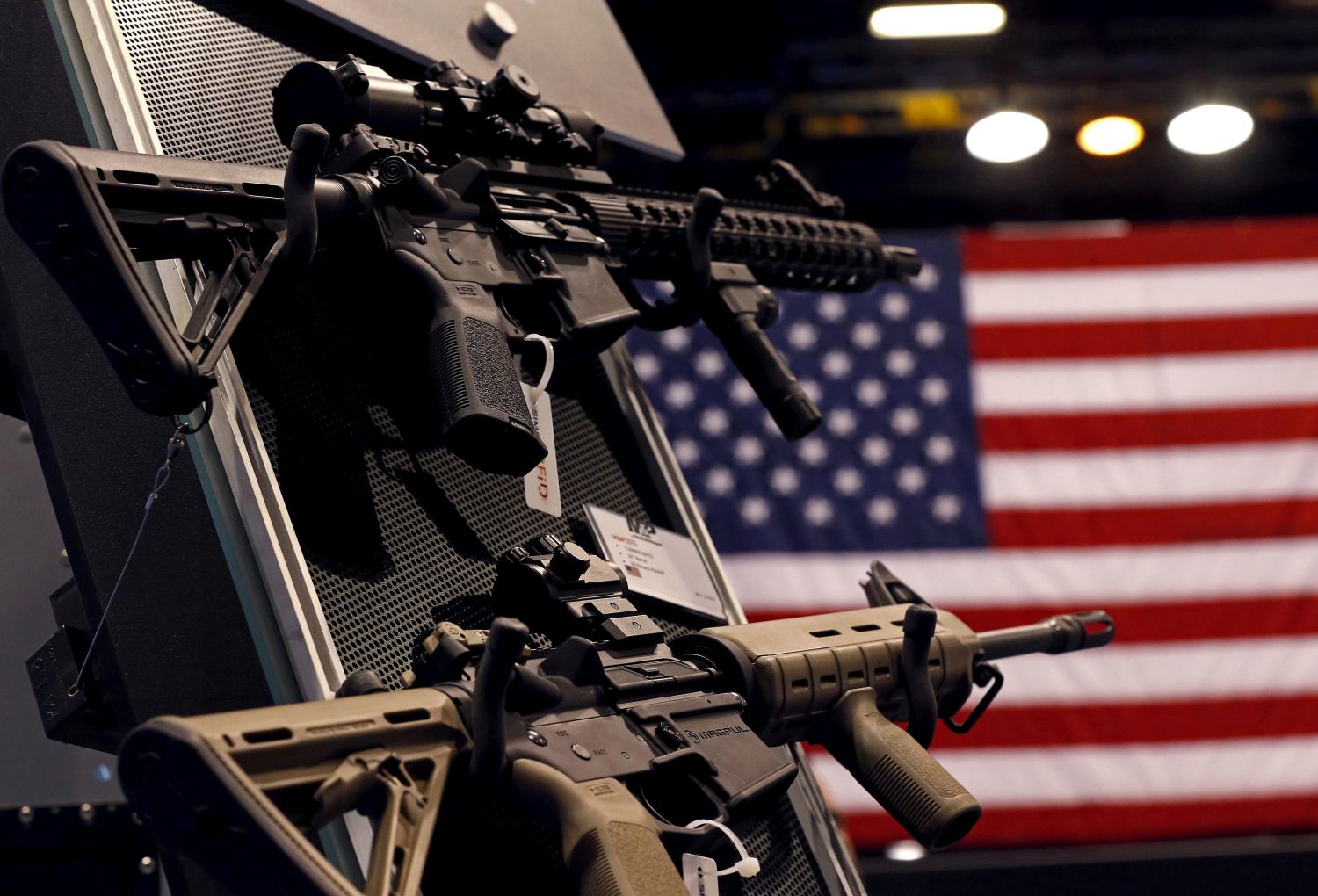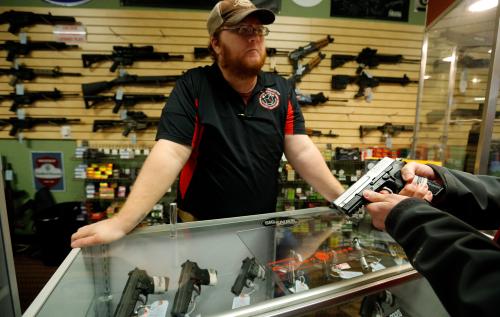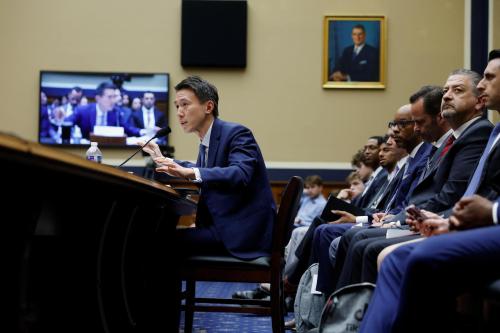This report is part of the Series on Market and Government Failures and was produced by the Brookings Center on Regulation and Markets.
One of the more daunting tasks in the current struggle to pass sensible gun control legislation is how to neutralize the political power of gun manufacturers who potentially have hundreds of millions of dollars at stake.
But there is a straightforward, if perverse, way to co-opt the gun industry into supporting some restrictions: Help firearm manufacturers cartelize their industry. Congress could immunize gun manufacturers from antitrust liability—making it legal for them to collude and raise gun prices.
Our antitrust laws are designed to prevent firms from agreeing to limit supply in order raise prices. In most markets, this is in the service of protecting consumers and enhancing efficiency. But for products that cause harm, both the public and the producers of the product can benefit from higher prices and reduced supply. Legalizing a gun cartel by itself is a kind of gun control. Just as OPEC is the friend of any environmentalist who wants to reduce oil consumption, a gun manufacturing cartel will reduce the quantity of guns sold in order to raise prices.
But for products that cause harm, both the public and the producers of the product can benefit from higher prices and reduced supply.
Consider, for example, the AR-15 rifle. The AR-15 isn’t a brand name sold by single manufacturer. Rather it is a genus of rifles produced by more than a dozen competitors—sometimes with prices less than $700. But protected by antitrust immunity, these erstwhile competitors could band together and raise the price toward what a monopolist would charge. Remember last year when Turing Pharmaceuticals realized it was the only seller of Daraprim and raised the price more than 50 fold. Monopolists sometimes charge prices many multiples of their cost. The demand for guns has been estimated to have a fairly high price elasticity—so even relatively small price increases of these deadly firearms might have put them beyond the means of the purchasers of the AR-15 style rifles used in the Parkland, Newtown, and Aurora mass shootings.
Once we realize competitive gun prices are the enemy of harm reduction, other traditional government goals will stand on their head. Under the General Agreement on Tariffs and Trade, most countries in the world are committed to multi-round negotiations to reduce trade barriers such as tariffs or quotas. But as applied to guns, raising the tariffs of foreign imports can again save lives and increase gun industry profits—by reducing the threat that new entrants will flood the American market with cheaper guns undercutting the price that domestic manufacturers can charge.
While simply ceding to domestic firearms manufacturers the multi-million dollar gift of antitrust immunity and trade-protectionism might save a substantial number of lives, government could and should do better. The lure of supra-competitive profits can be used as a sweetener to soften the industry’s intransigence to a host of other gun control measures.
Indeed, seeing gun-control through the lens of industrial organization helps identify the types of legislative initiatives where the intransigence is likely to be weakest. For example, banning bump stocks or high capacity magazines would negligibly affect the industries’ overall profits. In fact, the industry should welcome efforts to reduce the stock of existing guns because this would increase the willingness to pay for new guns. As long as the package deal of an antitrust exemption and additional gun control measures results in a net increase in gun industry profits, it should have the support of the gun industry.
The idea that government might act as a cartel ringmaster affirmatively facilitating private collusion might seem far-fetched. But Congress already has explicitly exempted baseball and insurance from parts of the Sherman Act. More to the point, the 1997 multi-state tobacco settlement effectively reduced harm by facilitating a huge price increase on tobacco products. Under this deal, manufacturers had to pay “damages” of 35 cents a pack on future sales but the settlement exempted a substantial quantity of sales from the damages formula. The settlement quickly led to an across the board price increase with the manufacturers earning an extra 35 cents a pack on all of the exempted sales.
The multistate cigarette settlement is a clear lesson in how government was willing to sacrifice the interests of consumers in order to simultaneously secure higher producer profits and advance public health. This strange-bedfellows strategy applied to gun safety drives a wedge between gun consumers and gun producers. It would help tease out how much of the political support for guns right is driven by passionate purchasers of firearms and how much stems from producers trying to maximize profits. Yet even of this dimension, horse-trading might be possible. Immunizing manufacturers from antitrust liability might be better for consumers than current laws that immunize them from many types of product liability.
The recent tragedy in Florida has sparked a growing tide of support for gun control legislation. We’ve seen the same groundswell of support after mass shootings in the past only to have the prospect of meaningful reform dissipate due in large part to the power of the gun lobby. Instead of outrage at the influence of the gun industry, it is time to use their own self-interest to help advance the interest of public safety rather than to thwart it. “More profits, fewer guns” should be a slogan that can attract substantial support from all sides and may be the only way to overcome the gun lobby’s opposition to gun control.
The authors did not receive financial support from any firm or person for this article or from any firm or person with a financial or political interest in this article. They are currently not an officer, director, or board member of any organization with a financial or political interest in this article.





